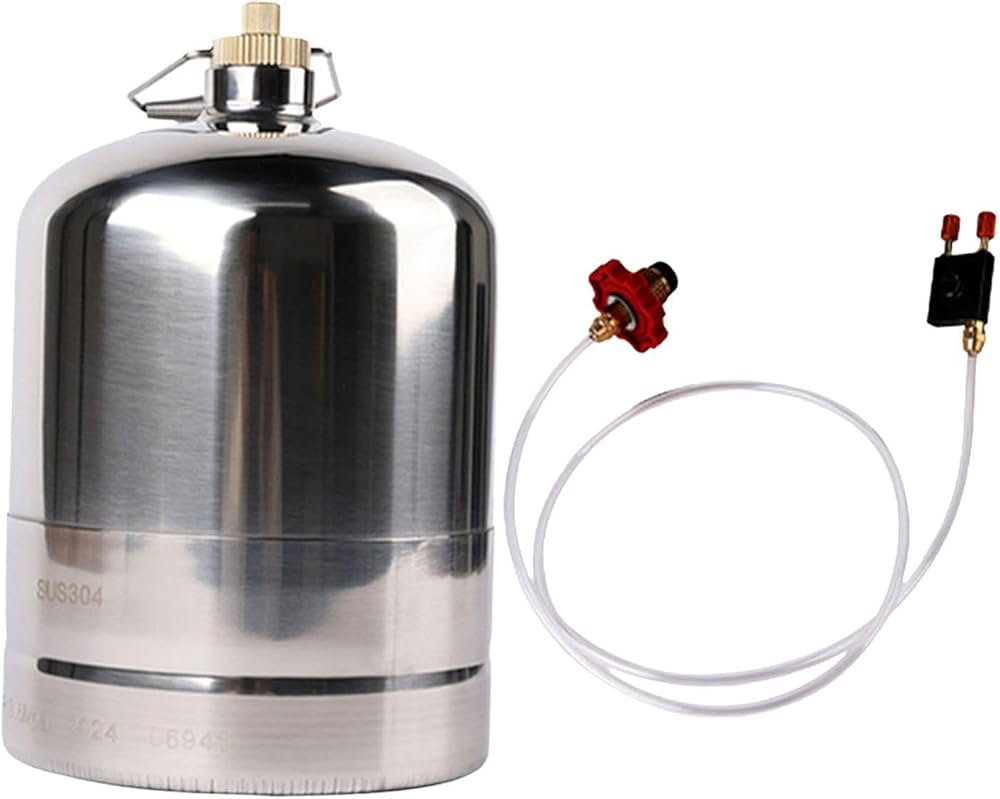EPDM Ethylene Propylene Diene Monomer adhesive is transforming the roofing industry, offering unparalleled strength and durability for various applications. As one of the most advanced solutions for bonding EPDM rubber membranes, this adhesive has become a go-to choice for contractors and builders seeking long-lasting results. Its unique formulation ensures exceptional adherence to diverse surfaces, including wood, metal, concrete, and other substrates, making it a versatile and reliable option for roofing projects. This innovation is not only improving the efficiency of installations but also enhancing the performance and longevity of roofing systems. A key advantage of EPDM adhesive is its resistance to extreme weather conditions. Roofs are constantly exposed to temperature fluctuations, UV radiation, and moisture, all of which can degrade traditional adhesives over time. EPDM adhesive, however, maintains its integrity under such stress, ensuring a secure and durable bond that stands the test of time. Its ability to perform in both high-heat and freezing environments makes it an excellent choice for climates with harsh or unpredictable weather. This resilience significantly reduces maintenance needs, saving property owners time and money.

Another notable benefit of EPDM adhesive is its ease of application, which streamlines the roofing process. Many adhesives require complex preparation and extended curing times, but EPDM adhesive simplifies these steps. It can be applied quickly and efficiently, allowing contractors to complete projects faster without compromising quality. This ease of use also minimizes the risk of errors during installation, leading to a more reliable finished product. For contractors, this means higher productivity and increased customer satisfaction. The environmental benefits of EPDM adhesive further contribute to its appeal. As sustainability becomes a growing priority, many roofing materials are being scrutinized for their environmental impact. EPDM adhesive stands out for its low VOC volatile organic compound emissions and eco-friendly properties. By choosing this adhesive, contractors and property owners can align their projects with green building standards, promoting sustainability while ensuring top-notch performance. This makes it an excellent choice for environmentally conscious projects.
In addition to its technical and environmental advantages, EPDM lijm is also highly cost-effective. Its durability and long lifespan mean fewer repairs and replacements, which translate to lower overall costs for property owners. Furthermore, its ability to form strong bonds even with minimal adhesive use ensures optimal resource efficiency. For builders and contractors, this combination of performance and affordability offers a winning solution that meets both budgetary and quality demands. The revolution brought about by EPDM adhesive is undeniable, as it redefines what is possible in roofing technology. With its strength, weather resistance, ease of use, environmental benefits, and cost-effectiveness, it is paving the way for more reliable and sustainable roofing systems. Whether used in residential, commercial, or industrial projects, EPDM adhesive provides a robust and enduring solution that addresses the diverse challenges of modern roofing. This innovation is not just about better adhesives—it is about building stronger, longer-lasting, and more efficient roofs for the future.




